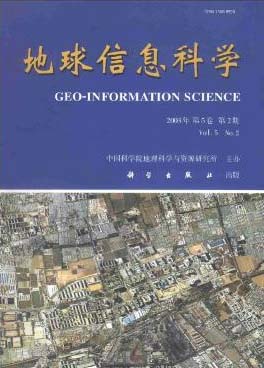ARTICLES
WANG Tao, WU Hehai
2003, 5(2): 46-50.
People understand and communicate geographical information mainly by maps and a computer-based tool of GISs.In order to present a better knowledge about the geographical world, cartographers traditionally compile maps of different themes, times and scales.In digital environment, these three factors result in the problem of multiple representation model of geographical information.GISs provide various tools to achieve it.It organizes geographic features in digital database into different layers according to their themes, and in this way users can get proper visualization forms simply by turning on or off the corresponding geographical themes.On the point of time, say temporal factor, researchers have done a lot of work and proposed much solution.This paper discusses the last challenge. The last one, scale, has attracted people's attention in an even longer history.In analogue era, cartographic generalization is the most time and labor consuming part in map making.And in digital environment, GISs applications ask automation of geo-information generalization for lots of reasons, e.g.map making, computation efficiency, network transmission of spatial data, cognition on geographical world, but automatic generalization has been a stubborn task before researchers from the introduction of computer into geo-information processing.Numerous algorithms have been put forward for generalization operators executed on such features as point, line, area and network.However, to present, there is no generally satisfying solution to most applications.And multi-scale spatial database emerged as a tradeoff.In order to get multi-scale views of spatial databases (SDB), there are three approaches.The first scheme of multi-scale SDB is based on multiple scale versions of SDB.The second is based on integrated data structures.And the third is based on automatic geo-information generalization, which is the objective and cannot elegantly implement currently.So, this paper, as most feasible models, takes the second way.The authors design a multi-scale SDB model, named as Hierarchical Object Model (HOMO), to accommodate this problem.HOMO, which combines the objects aggregation hierarchical tree and object's detail hierarchical tree, stores the result of generalization at different scales efficiently and it can perform the operators of merge, aggregation and symbolization of features.The former structure, which is designed as Figure 3, deals with multiple views of compound objects.To single object, scale's changing may dramatically affect its representation.There are two kinds of changes in representation, which are detailed change and dimensional change.The object's detail hierarchical tree integrates both changes.The idea of HOMO is easy to be understood and can satisfactorily help to perform multi-scale spatial data manipulations.
